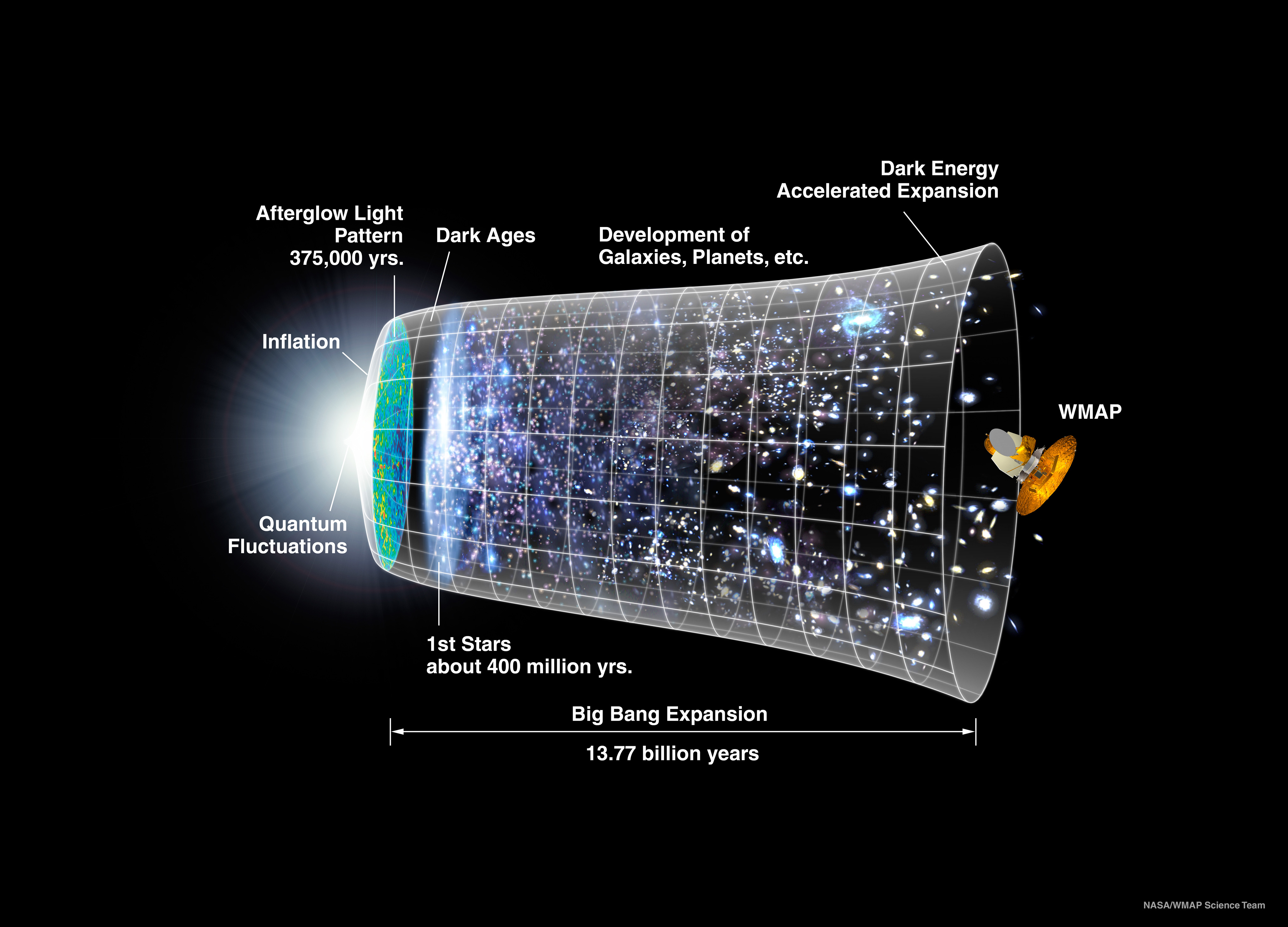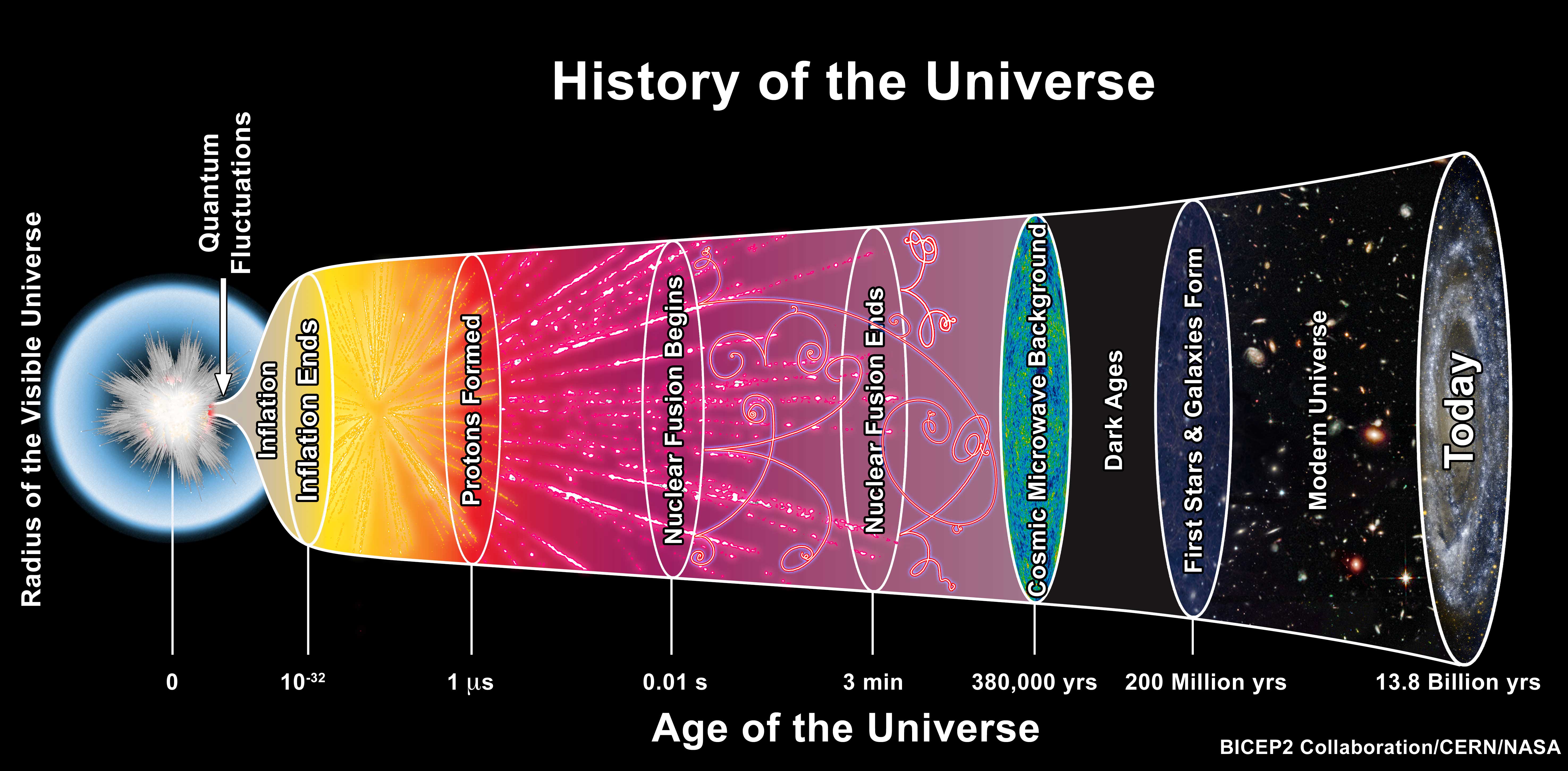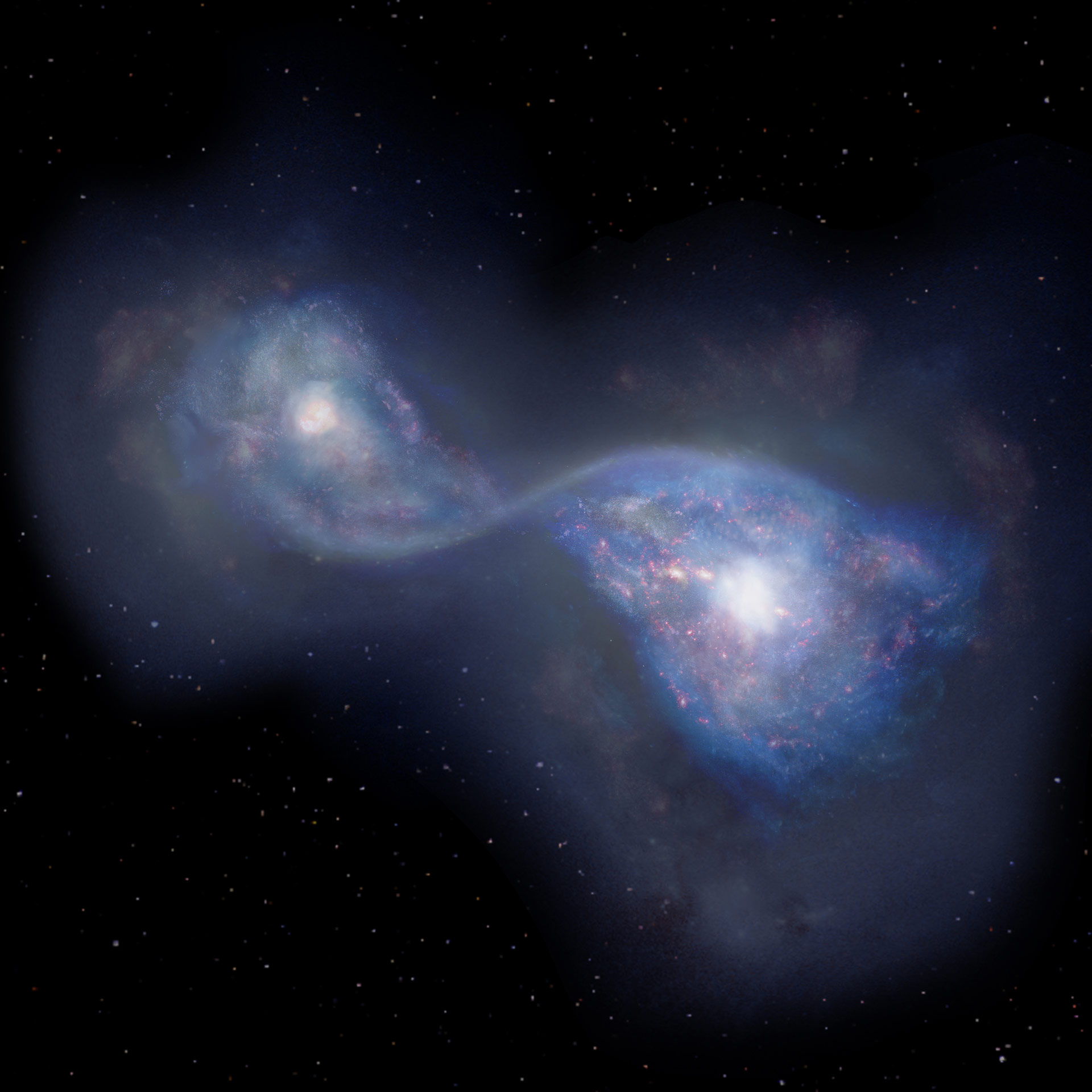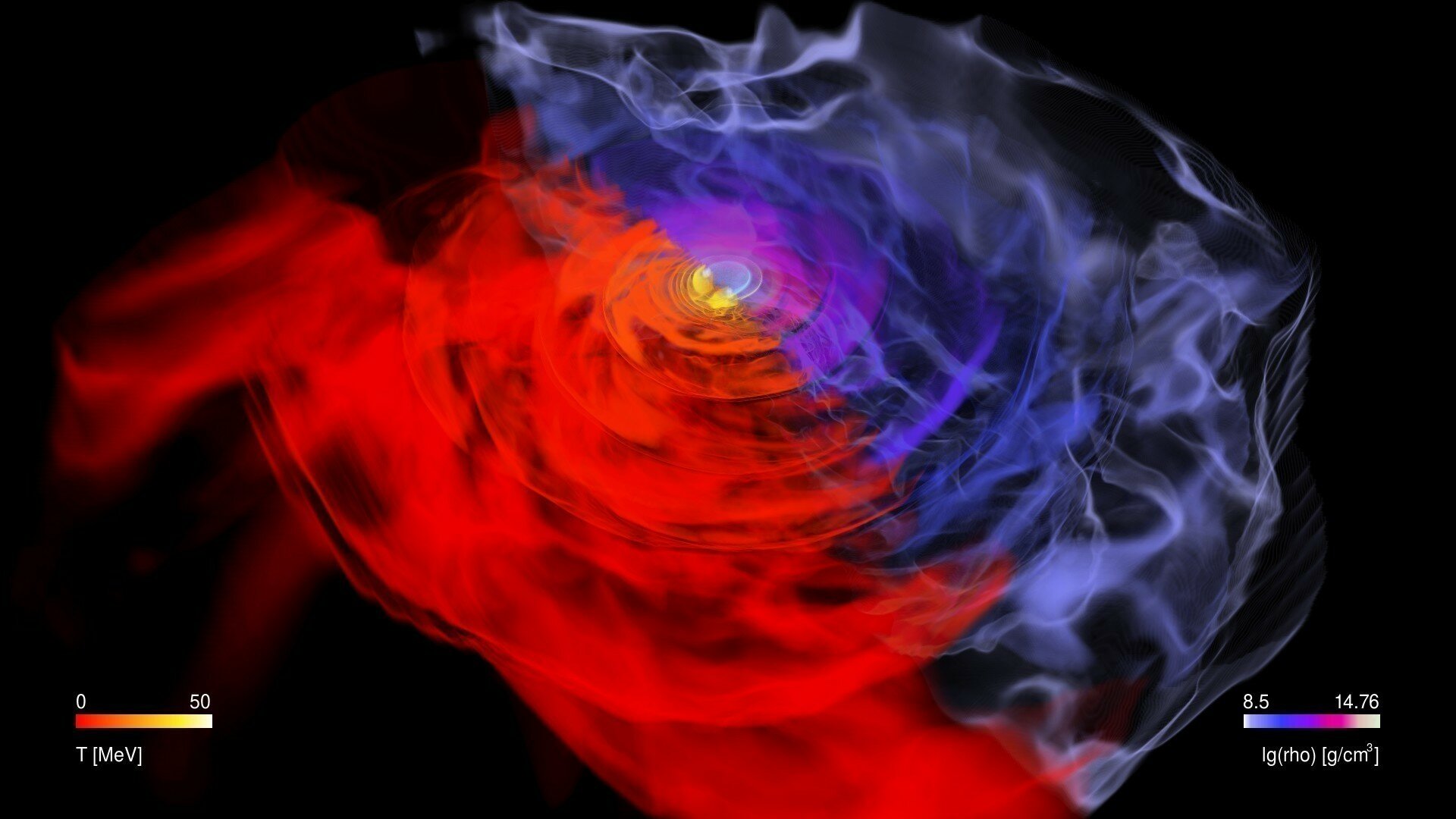
Historical Fusion: Merging Different Eras In One Space
The Beauty of Historical Fusion

History is a tapestry woven with the threads of different eras, each with its own unique charm. From ancient civilizations to modern times, the world has been shaped by the people who lived in it. While we often study history through textbooks and museums, there is a growing trend that brings history to life in a whole new way - historical fusion. This concept involves merging different eras in one space, creating a captivating and immersive experience for visitors. In this article, we will explore the beauty of historical fusion and its impact on our understanding of the past.
Understanding Historical Fusion

Historical fusion is the art of blending elements from different historical periods in a single space. It can take various forms, such as architectural design, interior decoration, or even events and performances. The purpose is to create a unique environment that transports visitors through time, allowing them to experience history in a more engaging and interactive way.
The Rise of Historical Fusion

Historical fusion has gained popularity in recent years due to several factors. One of the main reasons is the growing interest in immersive experiences. People no longer want to passively observe history; they want to be a part of it. Historical fusion provides an opportunity for visitors to step back in time and engage with the past in a personal and meaningful way.
Furthermore, globalization has made it easier to access and appreciate different cultures and historical periods. As we become more connected, the boundaries between cultures and eras blur, sparking a desire to explore and understand the diversity of human history.
The Power of Historical Fusion

Historical fusion has the power to transform the way we perceive and learn about history. By merging different eras, it breaks the linear narrative often associated with historical studies and invites us to see connections and parallels between different periods.
Moreover, historical fusion can challenge our preconceived notions and stereotypes about specific eras. It allows us to see the complexity and richness of each period, emphasizing that history is not a monolithic entity but a tapestry of diverse experiences and perspectives.
Examples of Historical Fusion

Historical fusion can be found in various forms around the world. Let's explore some captivating examples that highlight the beauty and impact of merging different eras.
1. The Louvre Pyramid, Paris

The Louvre Pyramid in Paris is a perfect example of historical fusion in architecture. Designed by Chinese-American architect I.M. Pei, the modern glass pyramid stands in stark contrast to the surrounding classical buildings of the Louvre Museum. This fusion of old and new creates a visually striking and thought-provoking space, symbolizing the museum's role as a bridge between past and present.
2. Renaissance Festivals

Renaissance festivals, popular in many parts of the world, bring the spirit of the Renaissance era to life. These events feature costumed performers, period music, and traditional crafts, creating a vibrant and immersive experience. Visitors can interact with actors portraying historical figures, try on period clothing, and participate in activities that transport them back to the Renaissance period.
3. Steampunk Culture

Steampunk is a subculture that merges elements of the Victorian era with futuristic technology. It combines the aesthetics of the 19th century with science fiction and fantasy. Steampunk enthusiasts often dress in Victorian-inspired clothing, modify modern gadgets with retro-futuristic designs, and create elaborate fictional narratives set in a world where steam power reigns. This fusion of past and future creates a fascinating alternate reality where history and imagination intertwine.
The Impact of Historical Fusion

Historical fusion goes beyond aesthetics and entertainment; it has a profound impact on our perception of history and the way we engage with it. Here are some key ways in which historical fusion influences our understanding of the past:
1. Breaking Stereotypes

By merging different eras, historical fusion challenges stereotypes and misconceptions about specific periods. It highlights the diversity and complexity of history, showcasing the contributions and experiences of groups and individuals who are often overlooked or misrepresented.
2. Fostering Empathy and Connection

Historical fusion allows visitors to experience history in a more personal and relatable way. By immersing themselves in a blended environment, they can develop a deeper understanding of the challenges, joys, and everyday life of people from different eras. This fosters empathy and connection, bridging the gap between past and present.
3. Inspiring Creativity

Historical fusion sparks creativity by encouraging the reimagining of historical periods. It inspires artists, designers, and storytellers to blend elements from different eras, creating new narratives and possibilities. This cross-pollination of ideas can lead to innovative approaches in various fields, from fashion and design to literature and film.
In Conclusion

Historical fusion is a captivating concept that merges different eras in one space, creating immersive and engaging experiences. It challenges our perception of history, breaks stereotypes, fosters empathy, and inspires creativity. By embracing historical fusion, we can gain a deeper understanding of the past and appreciate the diverse tapestry of human history. So, let us step into these blended spaces and embark on a journey through time.